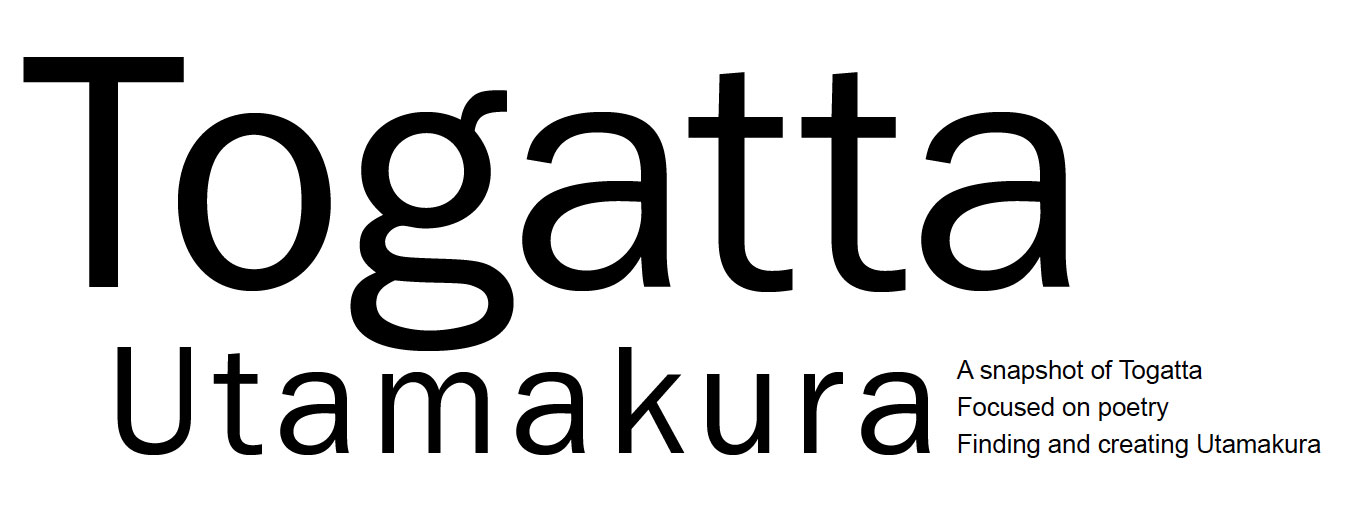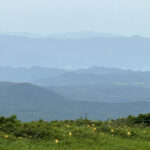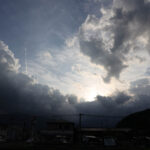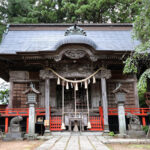TOGATTA UTAMAKURA is a ten-day snapshot of an onsen town, Togatta, with a focus on poetry. Togatta is situated in the foothills of the Zao Mountain Ranges in Miyagi Prefecture, Japan. Our process explores the notion that utamakura can be created over time, and that time begins now.
Utamakura literally means a pillow for song, and is a category of poetic words, often involving place names, that facilitate poetic allusion and encourage intertextuality between poems. A classic example of an utamakura is the Sue-no-matsuyama, two pine trees on top of a hill in Tagajo City, which have been sung by Heian poet, Fujiwara no Okikaza, Edo era poet Matsuo Basho and many other poets since.
We spent two weeks at the Togatta Residence 044 (Maruyoshi) Artists’ Residence, during which time we sought out poems, poets, poetic references to Togatta, identified potential utamakura sites, and encouraged people in the community to write poems about these places. Although the idea of this project came from what seemed to be a dearth of poetic activity and an absence of utamakura in Togatta, we found that there were mountains near Togatta, such as the Zao Ranges and Aoso-san, which had already appeared in published poems.
There were also places where poems were already displayed, such as the shihi (poetry monument) with a poem by Kagawa Susumu by the Otorii gate, a song by parents who lost their son in the Zao Mountains on the old pilgrim’s road, and a poem by Miura Mai on the wall of a gallery outside the Togatta Onsen bus stop. We also found some local poets, including Izumi Yukihisa who lived and died in Zao, as well as contemporary poets like Kimura Yoko and other tanka club members, whose poems, if displayed in town, could be read by people in the local community and tourists alike.
This document records the first ten days of our stay in Togatta. The last four days were spent collating the work. Mayu’s long-time friend and creative collaborator, Chie Muraoka designed the document and developed the corresponding website: https://mayu.com.au/togatta/
We hope to return to Togatta one day to find more poets and poems: kuhi (haiku monuments), shihi (poetry monuments) and kahi (song monuments), stories of poets and their lives, more poems using utamakura and new utamakura for future poets and poetry lovers to enjoy.
Mayu Kanamori and Martin Edmond
July 2023








Recent Comments